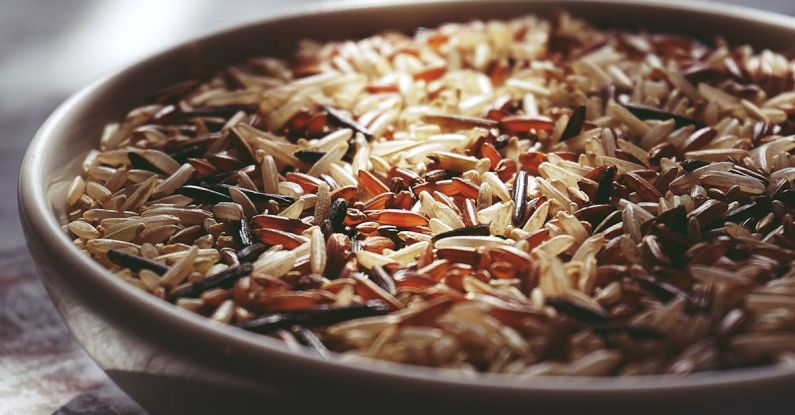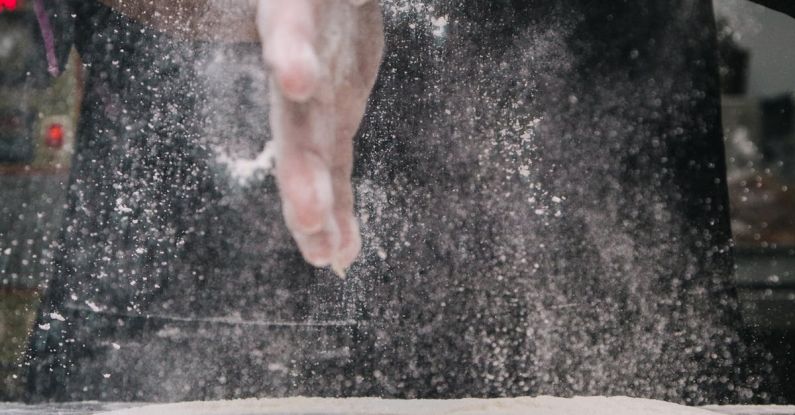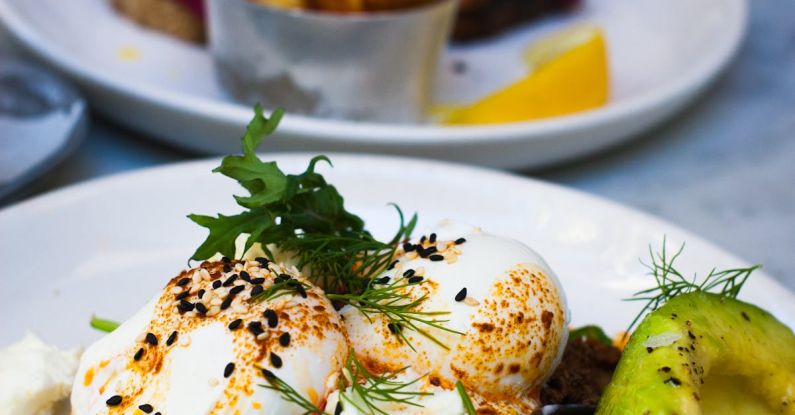
Sauces are an essential component in many dishes, adding depth, flavor, and richness to meals. Whether you are a seasoned chef or a home cook looking to elevate your culinary skills, mastering the art of sauce-making can truly enhance your dishes. In this article, we will explore the top techniques for making sauces that will help you take your cooking to the next level.
Understanding the Basics of Sauce-Making
Before delving into specific techniques, it is crucial to understand the fundamental components of sauces. A typical sauce consists of three primary elements: a liquid base, a thickening agent, and flavorings. The liquid base can vary from broth and stock to wine and cream, while common thickening agents include roux, cornstarch, and egg yolks. Flavorings such as herbs, spices, and aromatics are added to enhance the taste profile of the sauce.
Emulsification: Creating Stable Sauces
Emulsification is a technique used to create stable sauces by combining two immiscible liquids, such as oil and water. One of the most well-known emulsified sauces is mayonnaise, which involves slowly incorporating oil into egg yolks while whisking vigorously. Emulsification requires patience and precision to ensure a smooth, creamy consistency.
Reduction: Concentrating Flavors
Reduction is a technique that involves simmering a liquid to evaporate water content, resulting in a more concentrated flavor. By reducing the sauce, you intensify the taste profile and create a thicker consistency. Common ingredients for reduction sauces include wine, vinegar, and broth. Be mindful of the cooking time to prevent over-reduction, which can lead to a sauce that is too thick or salty.
Deglazing: Maximizing Flavor
Deglazing is a technique that involves adding liquid to a pan to loosen browned bits of food stuck to the bottom after sautéing or searing. This process helps extract caramelized flavors and creates a rich sauce base. Common deglazing liquids include broth, wine, and vinegar. Remember to scrape the pan with a wooden spoon to incorporate the flavorful bits into the sauce.
Incorporating Roux: Thickening Sauces
Roux is a classic thickening agent made by cooking equal parts flour and fat together. It is used to thicken sauces and soups while adding a subtle nutty flavor. There are three types of roux: white, blond, and brown, each offering varying levels of color and flavor. When incorporating roux into a sauce, ensure it is cooked to eliminate the raw flour taste.
Balancing Flavors: Sweet, Sour, Salty, and Umami
Achieving a harmonious balance of flavors is essential in sauce-making. Consider incorporating elements of sweet, sour, salty, and umami to create a well-rounded taste profile. Sweetness can come from sugar or caramelization, acidity from vinegar or citrus, saltiness from seasoning, and umami from ingredients like soy sauce or mushrooms. Experimenting with these flavor components can elevate the complexity of your sauces.
Infusing Aromatics: Enhancing Aroma
Aromatics such as garlic, onions, herbs, and spices play a vital role in enhancing the aroma of sauces. Infusing these ingredients into the liquid base can impart depth and complexity to your sauces. Consider simmering aromatics in the sauce to extract their essential oils and flavors. Be mindful of the intensity of the aromatics to avoid overpowering the sauce.
Experimenting with Fusion: Innovating with Global Flavors
Exploring global cuisines and flavors can inspire innovative sauce-making techniques. Incorporating ingredients and techniques from different culinary traditions can result in unique and exciting sauces. Experiment with spices from the Middle East, herbs from the Mediterranean, or sauces from Asia to create fusion dishes that push the boundaries of traditional sauce-making.
Elevating Texture: Adding Dimension
Texture is a crucial element in sauce-making, as it can elevate the overall dining experience. Consider adding elements such as toasted nuts, crispy shallots, or fresh herbs to provide contrast and dimension to your sauces. These textural components can add crunch, freshness, and visual appeal to your dishes.
Mastering the Art of Saucing
Sauce-making is both an art and a science that requires practice, patience, and creativity. By mastering the top techniques for making sauces, you can enhance the flavor, depth, and richness of your dishes. Whether you are looking to create a classic reduction sauce or experiment with fusion flavors, understanding the fundamentals of sauce-making will empower you to elevate your culinary skills and delight your taste buds.






